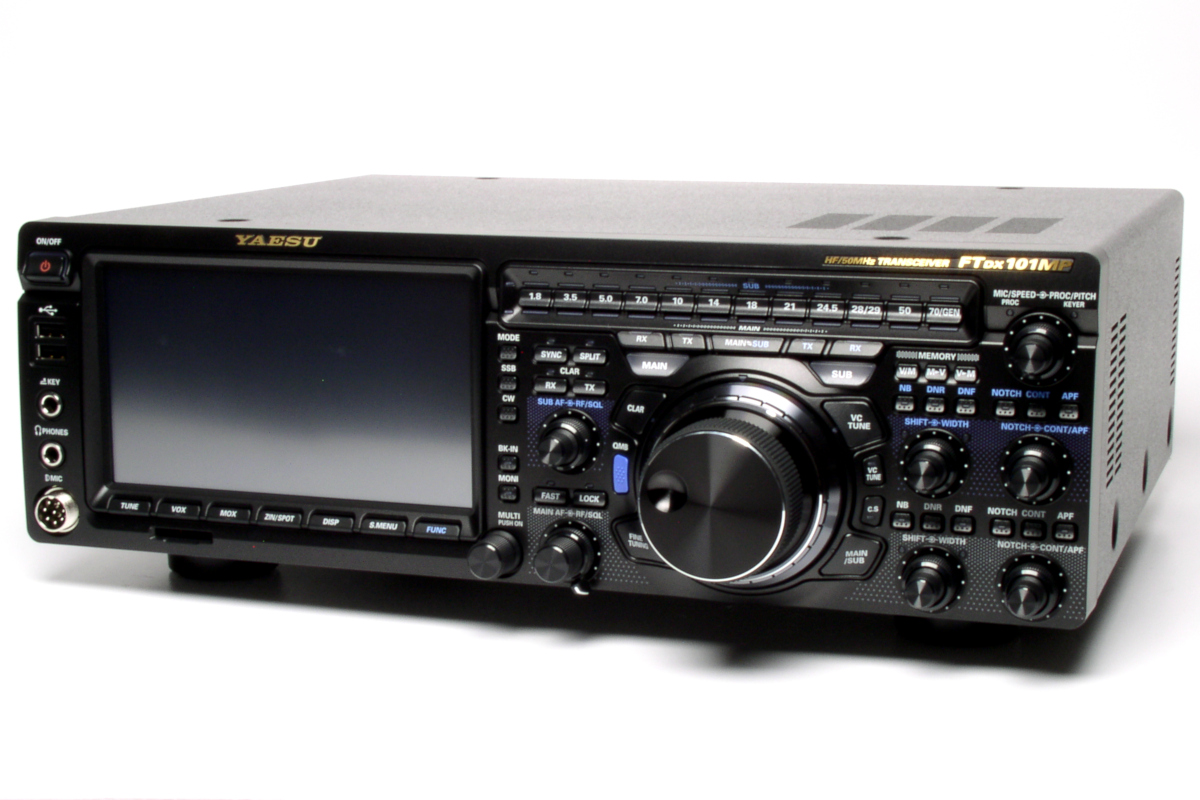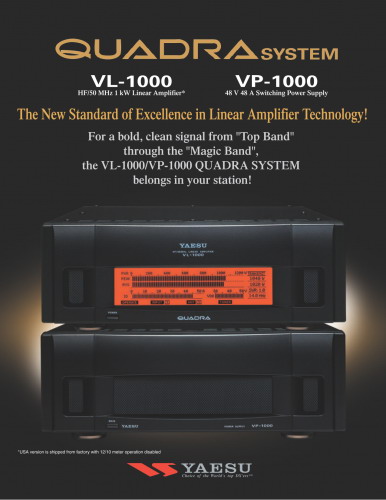Swedish Military sends MOST ADVANCED air defense Missiles
The Swedish Air Force is today being adapted to new future tasks. With the collapse of the only military threat, the Soviet Union and the end of the Cold War, budget cuts have been made in the Swedish armed forces. The Swedish government decided to cut back on the Air Force and its fighters. Today about 80 Gripen C/D fighters remains in service. Some orders have been made on the helicopter side and about 40 new units will join the air force in the next coming years. Saab AB has also joined the primarily French project for the unmanned future stealth plane Dassault nEUROn.
In 2008 as well as in 2010, the Swedish armed forces wanted to retire even more fighters and close air-bases to relocate money to other branches. However, because of negative response from the public and pressure from the Swedish government, no cuts have so far been made.[8][9][10][11]
Defense Minister Sten Tolgfors responded to the Russian purchase of Mistral-class amphibious assault ships by saying that the Swedish Air Force would need "sea targeting capabilities".[12]
In 2013, the USMC introduced Swedish helicopter units to the forward air control airborne mission for better air-ground coordination.[13] In the same year, a further 60 Gripens from the modified E class was orders with the first plane to join the airforce in 2018.[14] In April 2014, the Swedish government proposed another 10 fighters making the total order of 70 planes.[15]
The Swedish Air Force underwent a rapid modernization from 1945. It was no longer politically acceptable to equip it with second-rate models. Instead, the Air Staff purchased the best it could find from abroad, e.g. P-51D Mustangs, De Havilland Mosquito NF.19 night fighters and de Havilland Vampires, and supported the development of top performance domestic models. When the Saab 29 Tunnan fighter was introduced around 1950, Sweden suddenly had planes that were equal to the best of the Royal Air Force, the Soviet Union's VVS, and the U.S. Air Force.
During the 1950s the air force started to build road bases after an idea taken from Germany. Built under the BASE 60 distributed airfield scheme,[2] the bases were ordinary highways constructed in such a way that they could also serve as landing strips. In the early eighties road number 44 was rebuilt to contain four short runways (17 x 800 metres). Along the road a large number of turn-around-sites for rearming and refueling were built. These short runways are still used today for training, landing and taking off with Gripen and Hercules as preparation for international operations under adverse conditions.[3]
During the Cold War large amounts of money (including all that had been reserved for Swedish nuclear weapons) were spent on the Swedish Air Force and domestic airplane production. In 1957 Sweden had the world's fourth most powerful air force, [4] with about 1000 modern planes in front-line service.[5] During the 1950s, it introduced fighters such as the Saab J 29 Tunnan, Saab A 32 Lansen and Saab J 35 Draken.
In June 1952 the Swedish Air Force lost two aircraft on Cold War operations, in what became known as the Catalina affair. A signals intelligence Douglas DC-3 was intercepted by Soviet MiG-15s over the Baltic, and shot down with the loss of three aircrew and five civilian technicians. A PBY Catalina rescue seaplane was then also downed, the five-man crew being rescued from the sea by a freighter.






